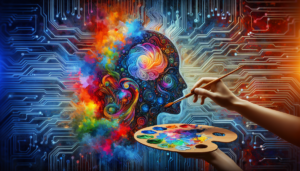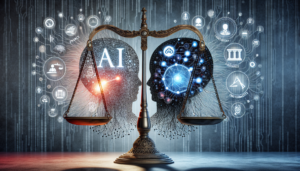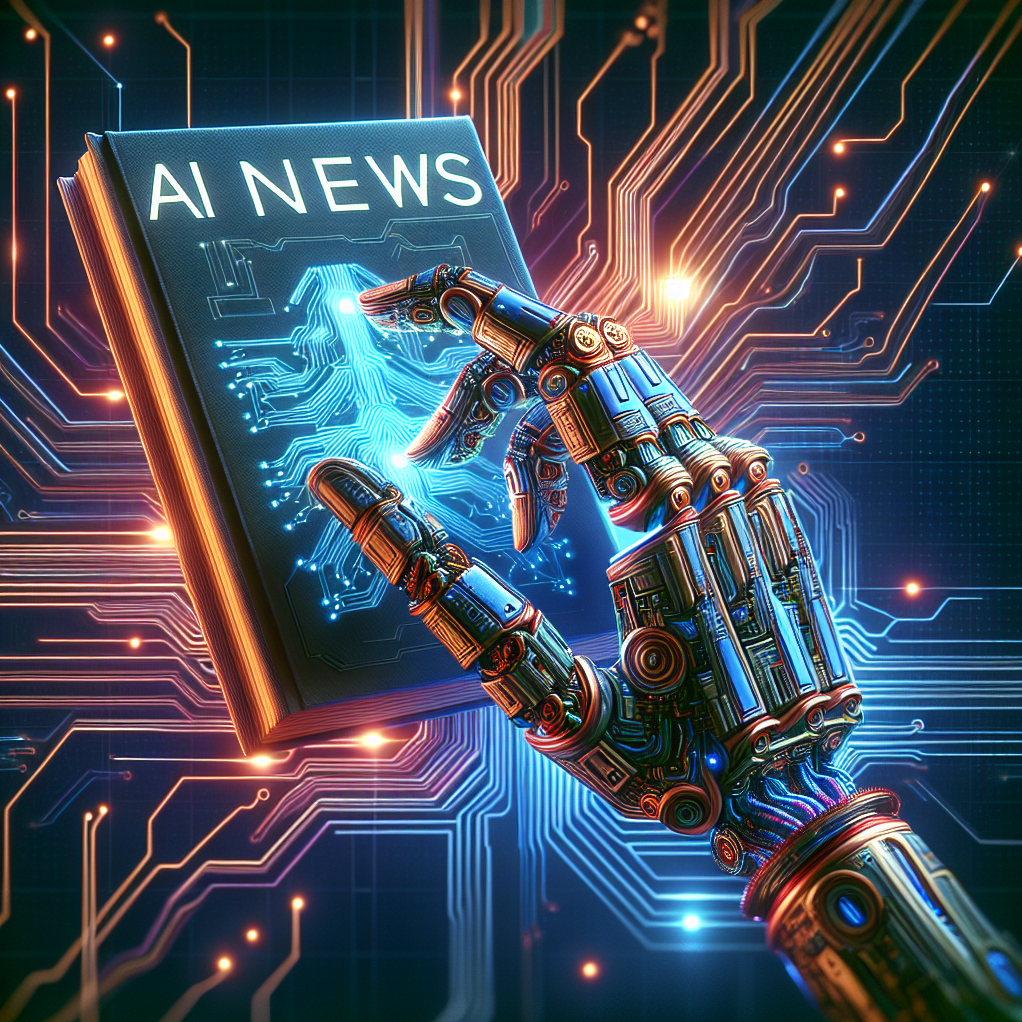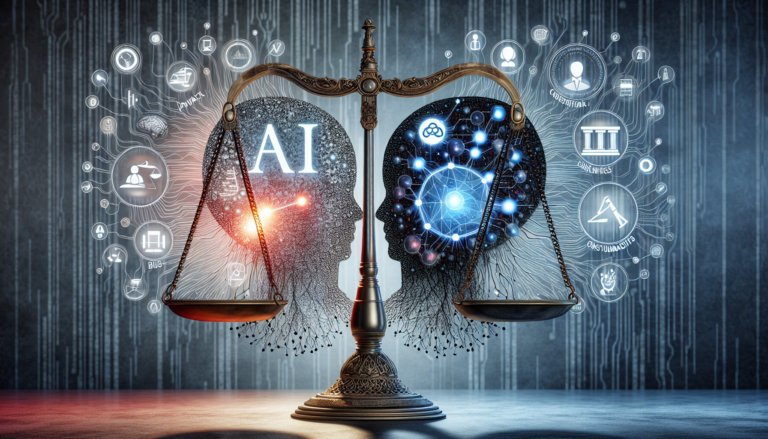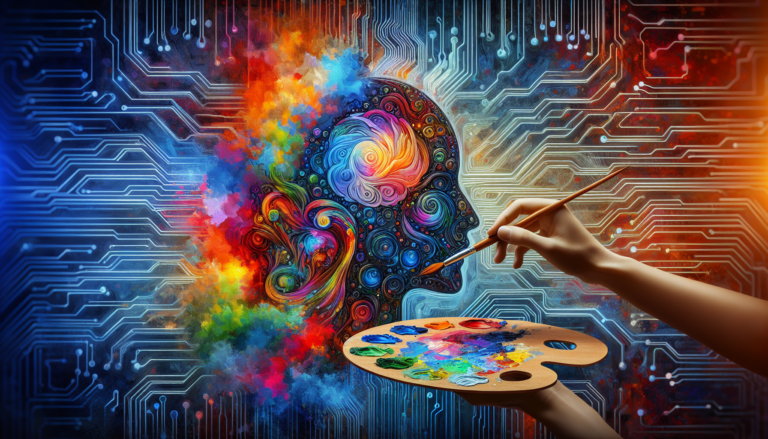Imagine the shock and confusion of being arrested for a crime you did not commit. That’s exactly what happened to Robert Williams, a man who spent 30 hours in police custody after being wrongly identified by facial recognition technology. In an investigation into the theft of stolen watches, the AI-based system mistakenly identified Mr. Williams as the suspect. This incident is just one example of the racial bias in AI, where black individuals are disproportionately misidentified. With six known cases of wrongful arrest in the US involving facial recognition technology, Mr. Williams has filed a lawsuit against the Detroit police department, seeking compensation and a ban on the use of such software. This article delves into the issue of racial bias in AI, discussing the challenges and consequences of relying on technology that exhibits this bias. It also explores potential solutions, such as creating more diverse and representative datasets, but acknowledges that eliminating racial bias entirely may prove difficult. As AI becomes increasingly integrated into our daily lives, it is crucial that it accurately reflects the world we live in.

Background
In recent news, an unfortunate incident has brought attention to the issue of racial bias in AI facial recognition technology. Robert Williams, a 45-year-old man, was wrongfully identified by AI-based facial recognition technology in an investigation into the theft of stolen watches. As a result, he spent 30 hours in police custody for a crime he did not commit. This incident has led Mr. Williams to file a lawsuit against the Detroit Police Department, seeking compensation and a ban on the use of facial recognition software to identify suspects. It is disheartening to note that this is not an isolated incident, as there have been six known instances of wrongful arrest involving black individuals in the United States.
Racial Bias in AI
One of the prominent issues concerning AI facial recognition technology is its higher likelihood of misidentifying black individuals. Studies have shown that the technology has a significantly higher error rate when identifying people with darker skin tones compared to those with lighter skin tones. This racial bias can be attributed to the datasets used to train these algorithms, which predominantly consist of images of white individuals. As a result, the AI systems have difficulty accurately recognizing and identifying individuals with diverse racial backgrounds. This bias is not exclusive to facial recognition technology but extends to other AI applications such as image generation.
Facial Recognition Technology
The Detroit Police Department has specified rules for using facial recognition technology. They emphasize that facial recognition should only be considered as a clue rather than concrete proof of someone’s involvement in a crime. This is an important distinction, as relying solely on facial recognition technology can lead to wrongful arrests, as demonstrated by the case of Robert Williams. Previous studies have already raised concerns about the bias present in facial recognition technology, particularly its higher rate of misidentification of black individuals. It is crucial to address and rectify these biases to ensure the fair and accurate use of facial recognition technology in law enforcement.
AI Image Generation
AI image generation, another application of artificial intelligence, has also been found to exhibit biases based on racial prompts. For example, when prompted to generate images of high-paid professions such as lawyers, the generated images predominantly depict white individuals. Conversely, when prompted to generate images of low-paid professions like fast food workers, the generated images mostly portray black individuals. However, it is important to note that this bias may not reflect the actual demographics of these professions. In fact, the majority of fast food workers in America are actually white. Efforts are being made to address this bias by using sophisticated filters and diverse datasets to train AI image generation models, resulting in more globally representative results that avoid perpetuating racial stereotypes.
Alternative Solutions
One potential solution to mitigate racial bias in AI is to utilize digital humans as a diverse data solution. By creating a database of varied digital human avatars that encompass different skin tones and ethnicities, AI algorithms can be trained on more inclusive datasets. This approach aims to overcome the limitations of relying solely on real-world data, allowing for greater diversity and representation in AI systems. However, it is important to acknowledge the challenges and limitations of using synthetic data. It is impossible to capture every cultural and ethnic aspect of human diversity, making it challenging to develop a solution that represents everyone accurately.
Implications of Racial Bias
The presence of racial bias in AI has profound implications for individuals’ daily lives. Wrongful arrests, such as the case of Robert Williams, can have severe emotional and psychological consequences. Moreover, the lack of diverse representation in AI systems perpetuates existing inequalities and biases in society. It is essential to address these biases and ensure that AI systems accurately reflect the diversity of the world we live in. Failure to do so may result in further offenses and injustices as AI becomes more integrated into various aspects of our lives.
Conclusion
Addressing racial bias in AI is of utmost importance to ensure fairness and accuracy in the technology’s applications. The wrongful arrest of Robert Williams and the six known instances of misidentification involving black individuals highlight the urgency to rectify these biases. To achieve this, it is crucial to diversify the training data used for AI models, ensuring representation from various racial backgrounds. Efforts are also being made to create synthetic data through the use of digital humans, although limitations exist in representing the entire breadth of human diversity. As AI continues to play an increasingly significant role in society, it is imperative that it accurately represents the world we live in, free from biases that perpetuate injustices. Continued efforts toward fairness and accuracy in AI are necessary to build a future where technology is truly inclusive and equitable.





